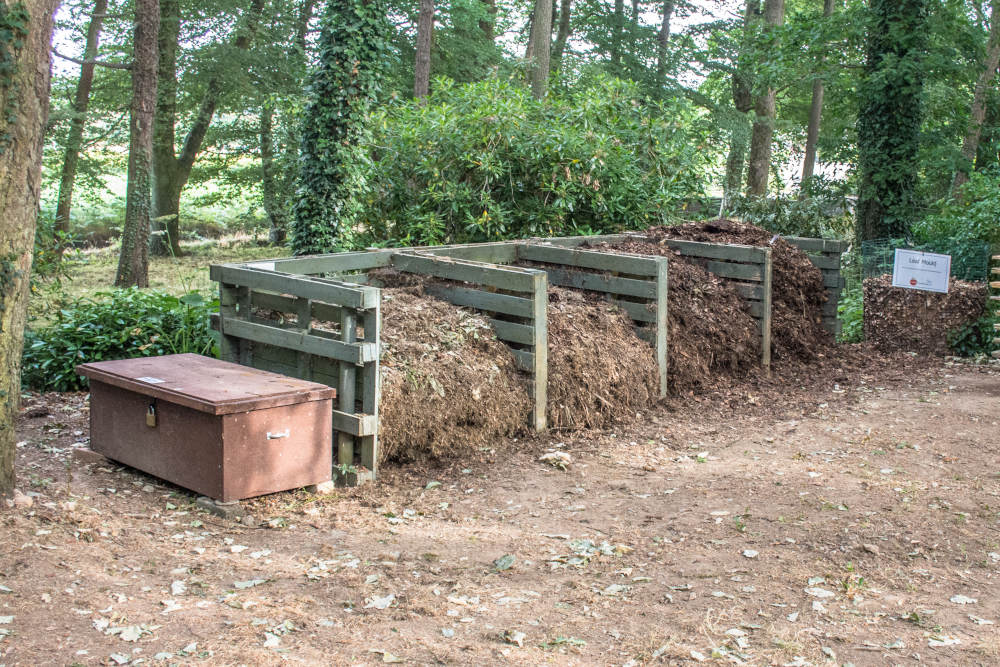Route Map
Overview
The walk starts in the car park. The Sensory Path is approximately 85 metres long and is fully accessible as are the picnic areas on the route. The central seated area is also wheelchair accessible. The William O’Brien woodland walk is 365 metres long and contains some short but steep inclines, with an overall difference of about 6 meters from the start to the highest point. There are seating areas at various points along the way and interpretive environmental signage has been placed close to the paths. At the end of the woodland walk you can return to the car park via the accessible path by the Butterfly Border, or you can take the lower route along the driveway (about 185 metres) and back up to the car park. The length of the full walk is approximately 635 metres. Dogs must be kept on a leash and under control at all times and owners must pick up after their pets.
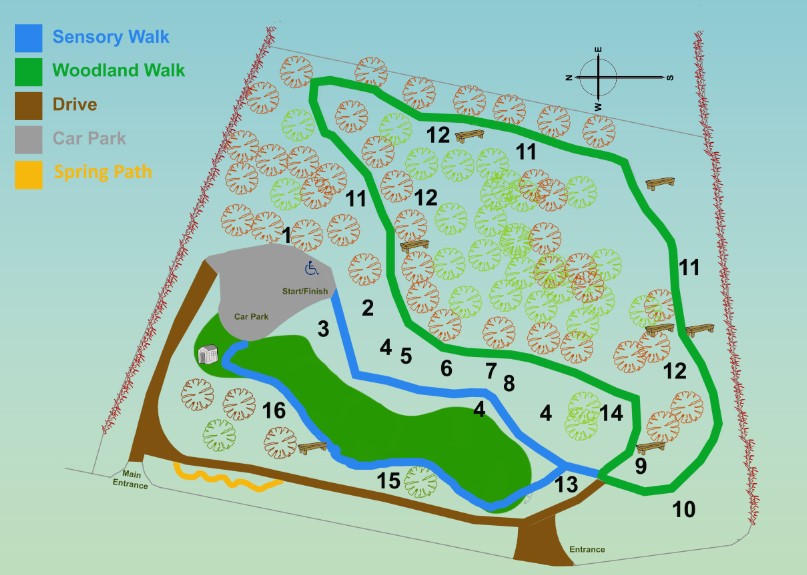
1 Statue
The beautifully sculpted Carrara marble statue or Our Lady and the Infant Jesus forms the focal point of the Grotto. This statue was generously gifted to the parish of Monageer by an anonymous donor. The inset stone asks that we pray for the donor. Monageer Grotto was established and dedicated in 1965. It was created under the guidance of the then parish priest Fr John Murphy.
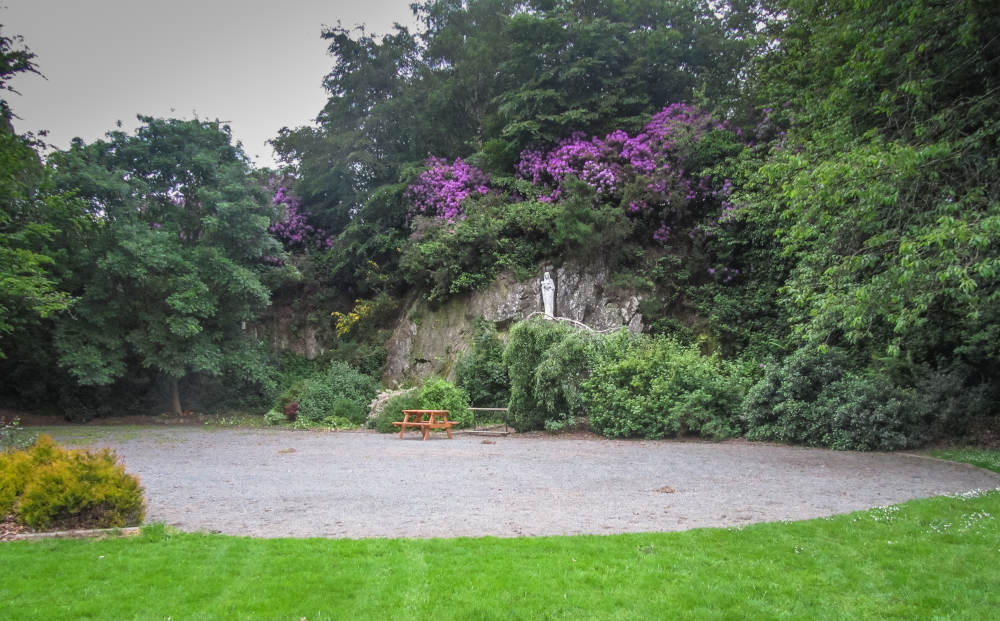
2 Entrance Stone
Work began on the Sensory Path in 2015 with the support of Wexford County Council’s Access Department. The fully accessible pathway was officially opened in 2018 after 3 years of hard work by dedicated volunteers.
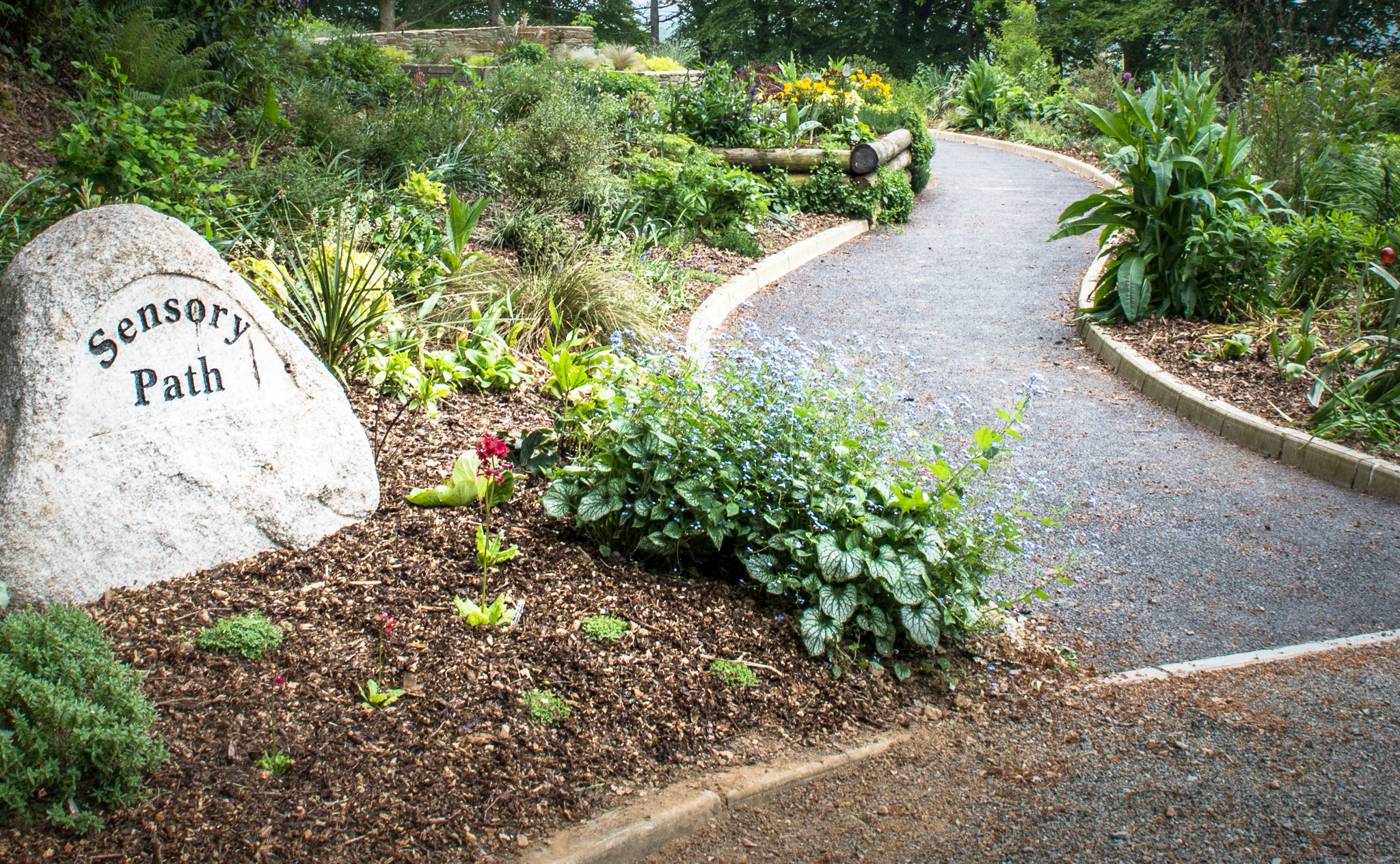
3 Sensory Elements
The Sensory path is designed with the purpose of stimulating the senses. This stimulation occurs courtesy of plants and other materials that engage one’s sense of sight (flowers, sculptures, varying heights), smell (scented flowers, herbs), touch (textured plants, tactile surfaces), taste (edible fruits, herbs), and sound (rustling grasses, chimes, sound wall). Sensory gardens are popular with and beneficial to both children and adults, especially those who have sensory processing issues, including autism and other disabilities.
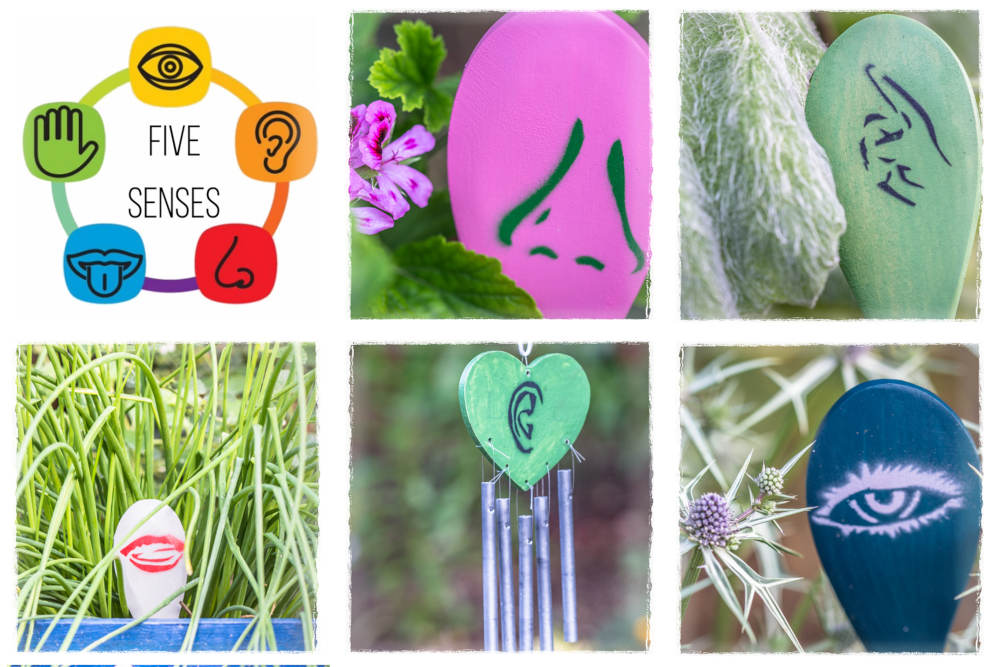
4 Raised Beds
Raised beds have been added to give access to the plants and to provide tactile surfaces for people of all abilities. Our raised beds have been constructed using recycled telegraph poles, faced concrete blocks, and old tyres. Plants stimulate the senses of sight, smell and touch while the various hard landscaping surfaces stimulate the sense of touch. Raised vegetable beds have also been added close to the shed.

5 Herb Bed
The raised herb bed was created using recycled pallet sides. The bed is accessible and stimulates the senses of sight, smell, touch and taste.
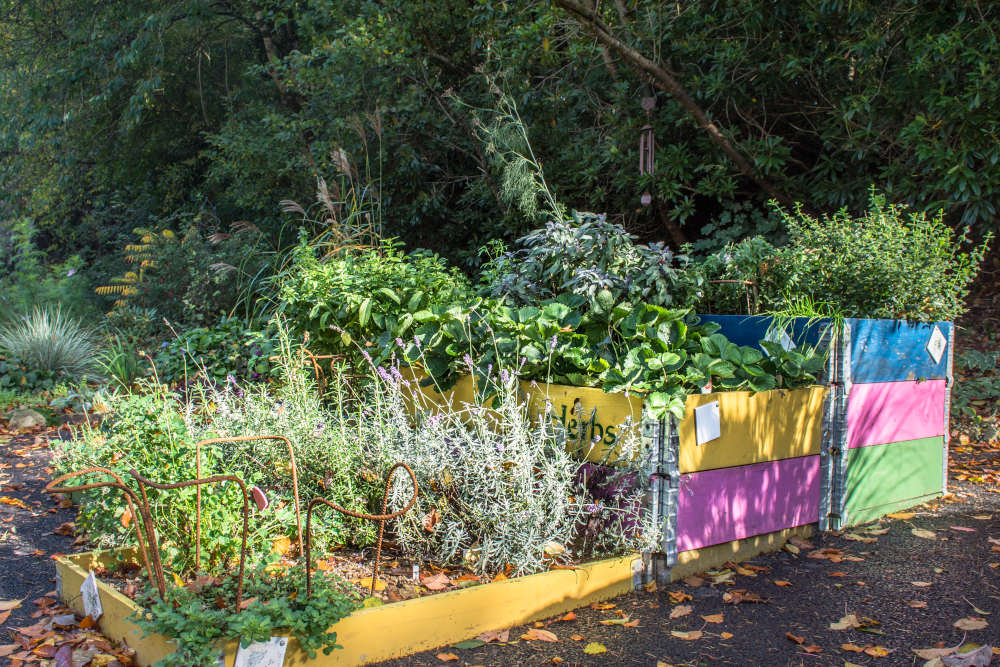
6 Central Stone Seating Area
The central stone seating area was created to provide an area which could be used for recreational and educational purposes. The seated area is surrounded by a wall and rustling grasses. This area can be used for nature study classes, small parish gatherings etc. A book exchange library is imbedded in the wall for the benefit of visitors.

7 Willow Tunnel
This tunnel is built from living willow plants which are intertwined and trained to shape each year. Small musical instruments are added along the tunnel and a sound pipe runs the length of it.
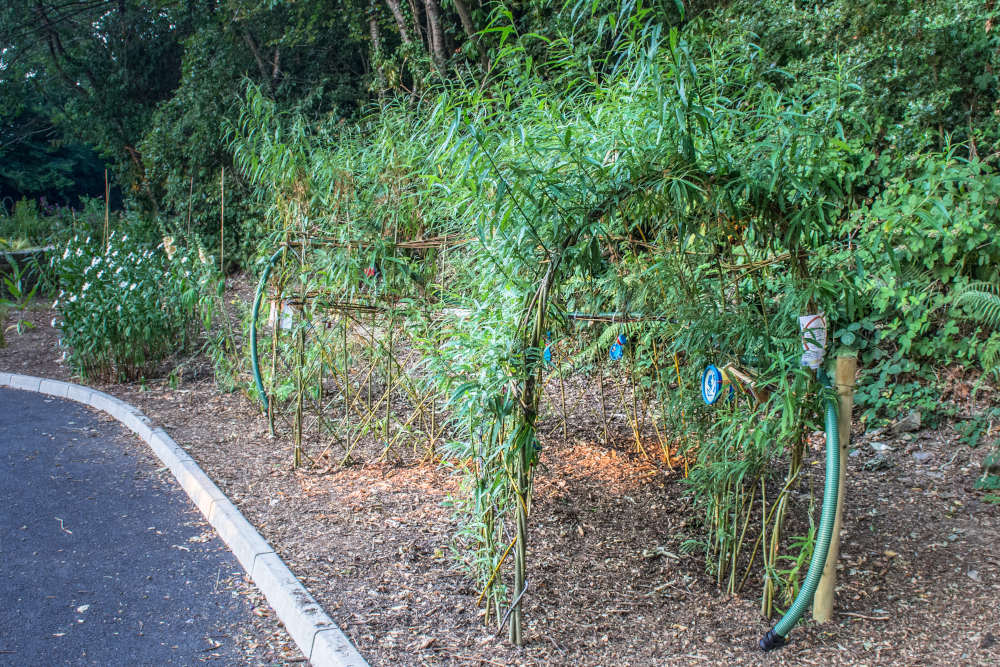
8 Sound Wall
The sound wall is made up of a number of musical instruments which are arranged at a height to suit all. Young and old alike enjoy creating their own sound from the instruments provided.
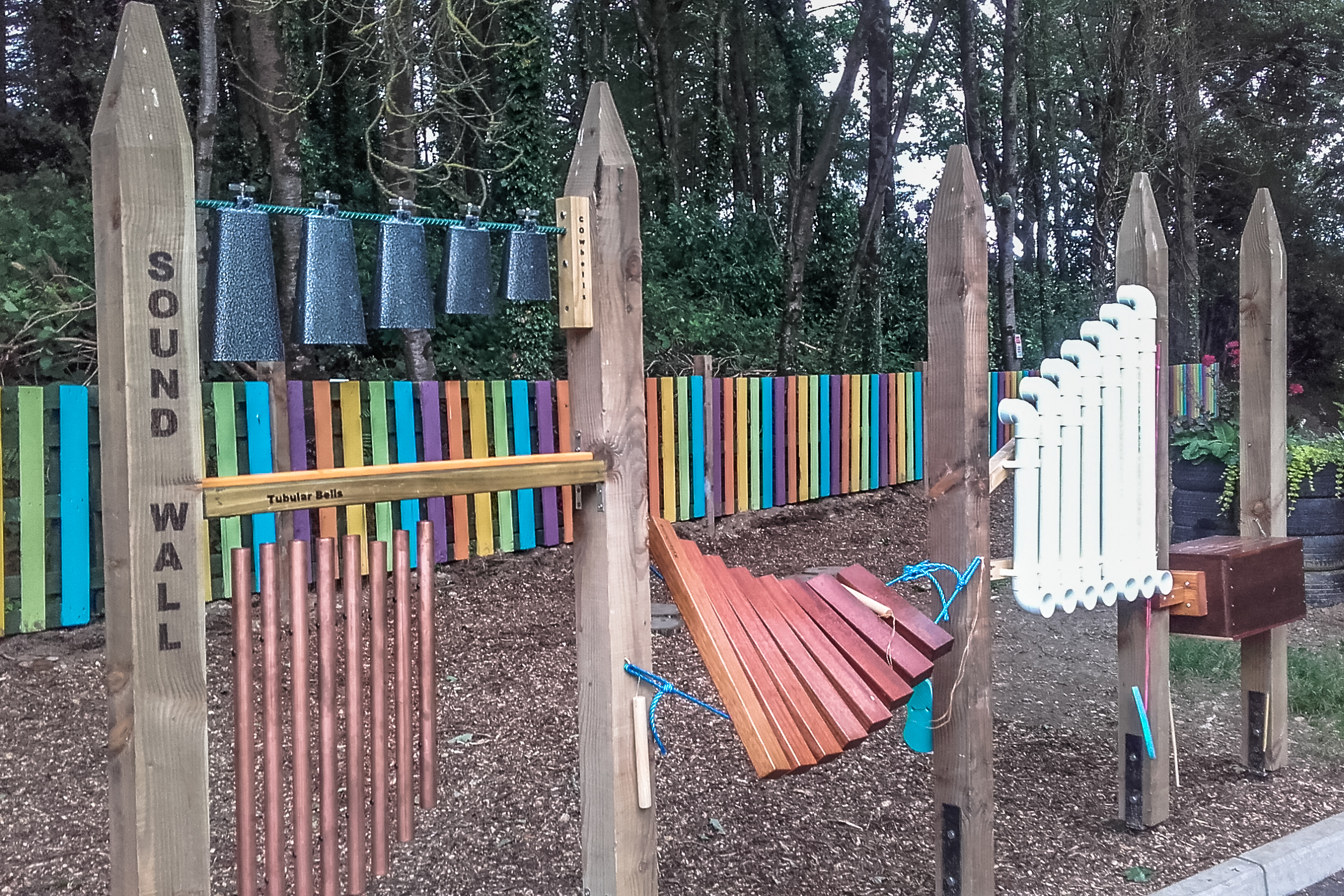
9 William O’Brien Woodland Walk
The woodland walk was created in 2015 in memory of William O’Brien who donated this land to the parish for the purpose of establishing a Grotto shrine here in the early 1960’s.
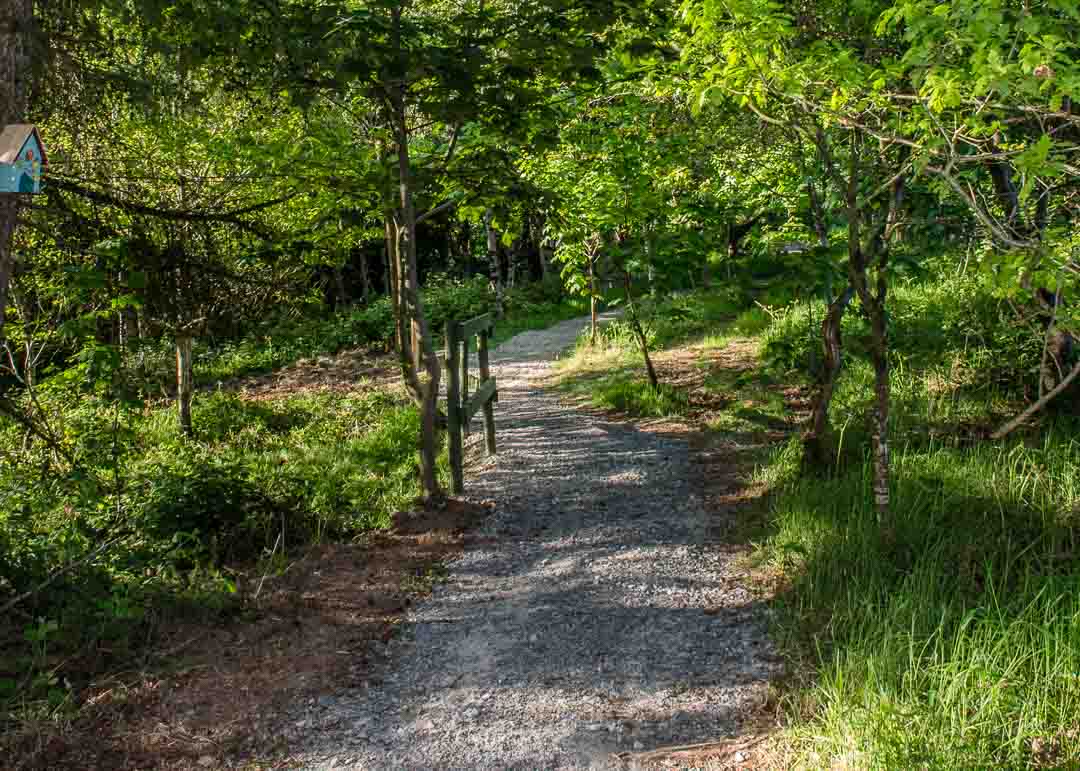
10 Wildflower Area
Biodiversity is very important to Monageer Grotto. The wildflower area aims to provide a natural habitat for bees and other insects. The site also hosts several bird and bat boxes, an insect hotel, and butterfly nests. The whole central area of the woodland walk is left to nature also.

11 Fairies
When the woodland walk was created, a myriad of fairies were found to be in residence and children love to visit their homes as they walk around the path.
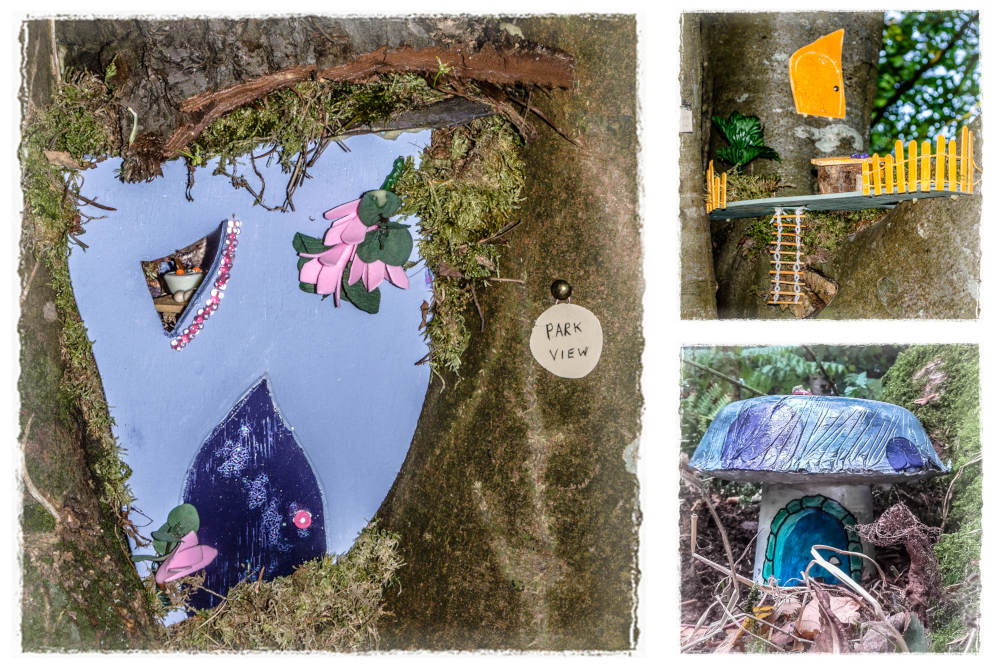
12 Wild Animals
As the natural wildlife don’t tend to emerge when people are around, lifelike replicas were added around the woodland walk to increase awareness of the kinds of animals that might live here.
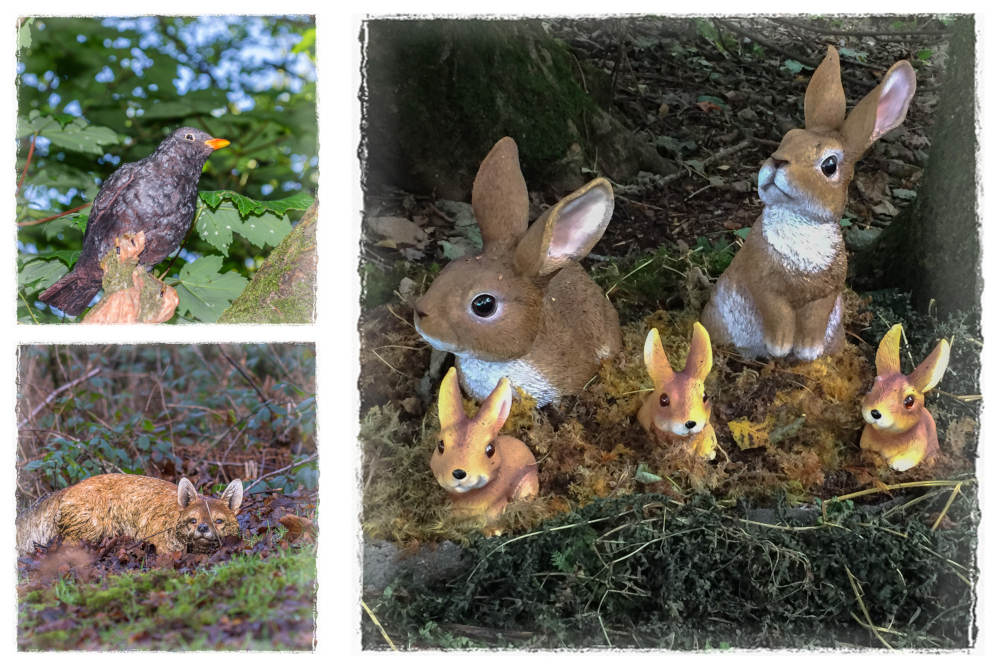
13 Picnic Area
Fully accessible picnic tables adorn the picnic area. Tables are wheelchair accessible at both ends and they are designed to be easy to sit at even for people with mobility issues.
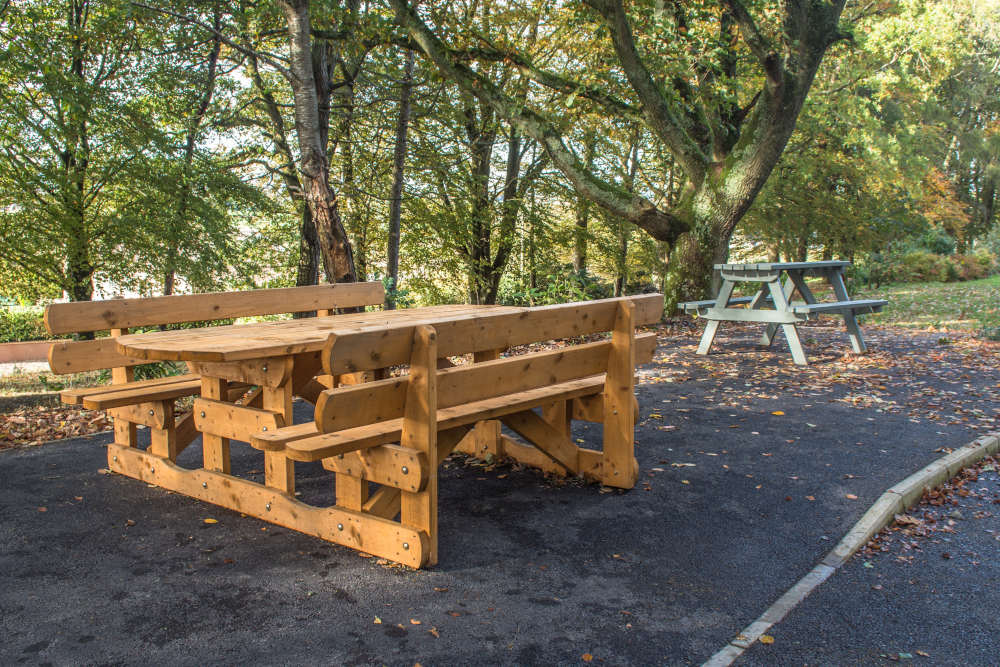
14 Play Area
The woodland play area is close to the picnic area where young children can play while their carers relax.
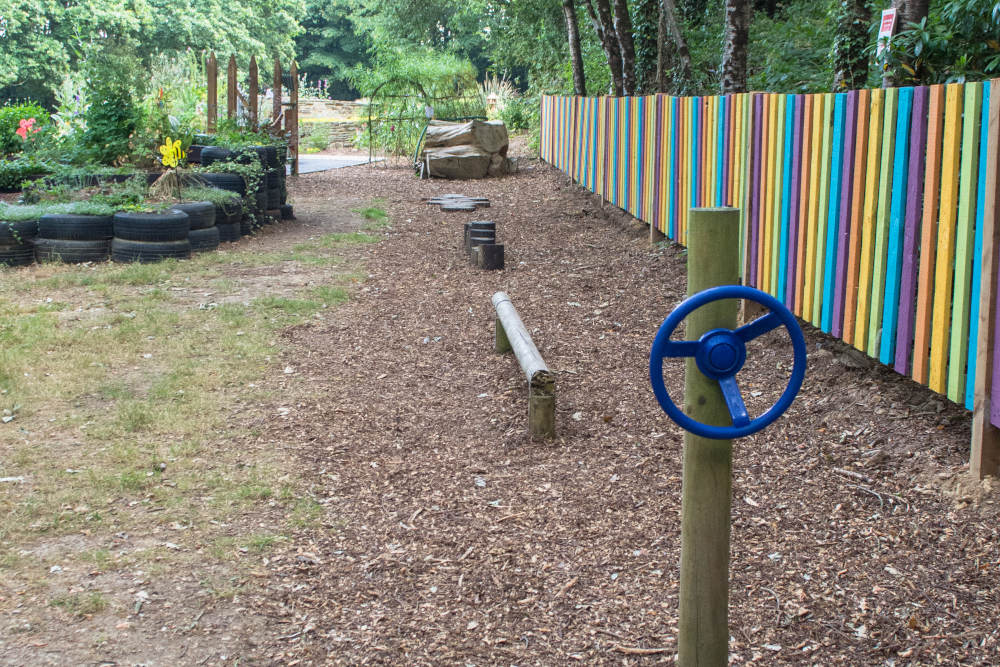
15 Butterfly Border
Masses of butterflies and bees can be seen here on calm, sunny, summer days. The whole border is made up of butterfly and bee friendly plants with places for them to hide also.
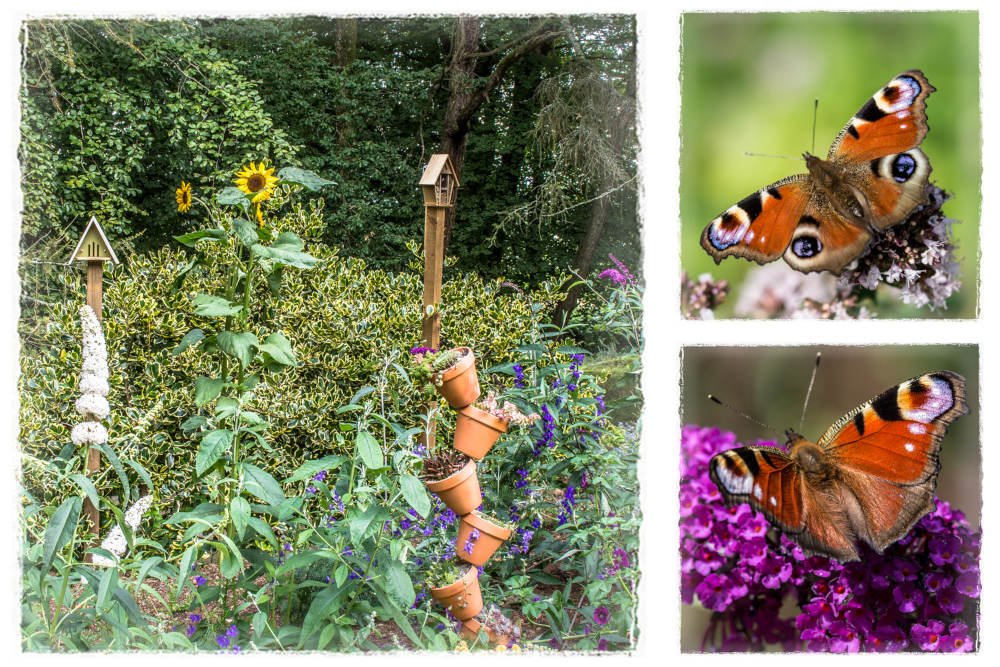
16 Compost Area
With a 3 bay composting area, a leaf holding area, and a wormery, Monageer Grotto provides much of its own compost for use on the many beds and borders in the Grotto.
